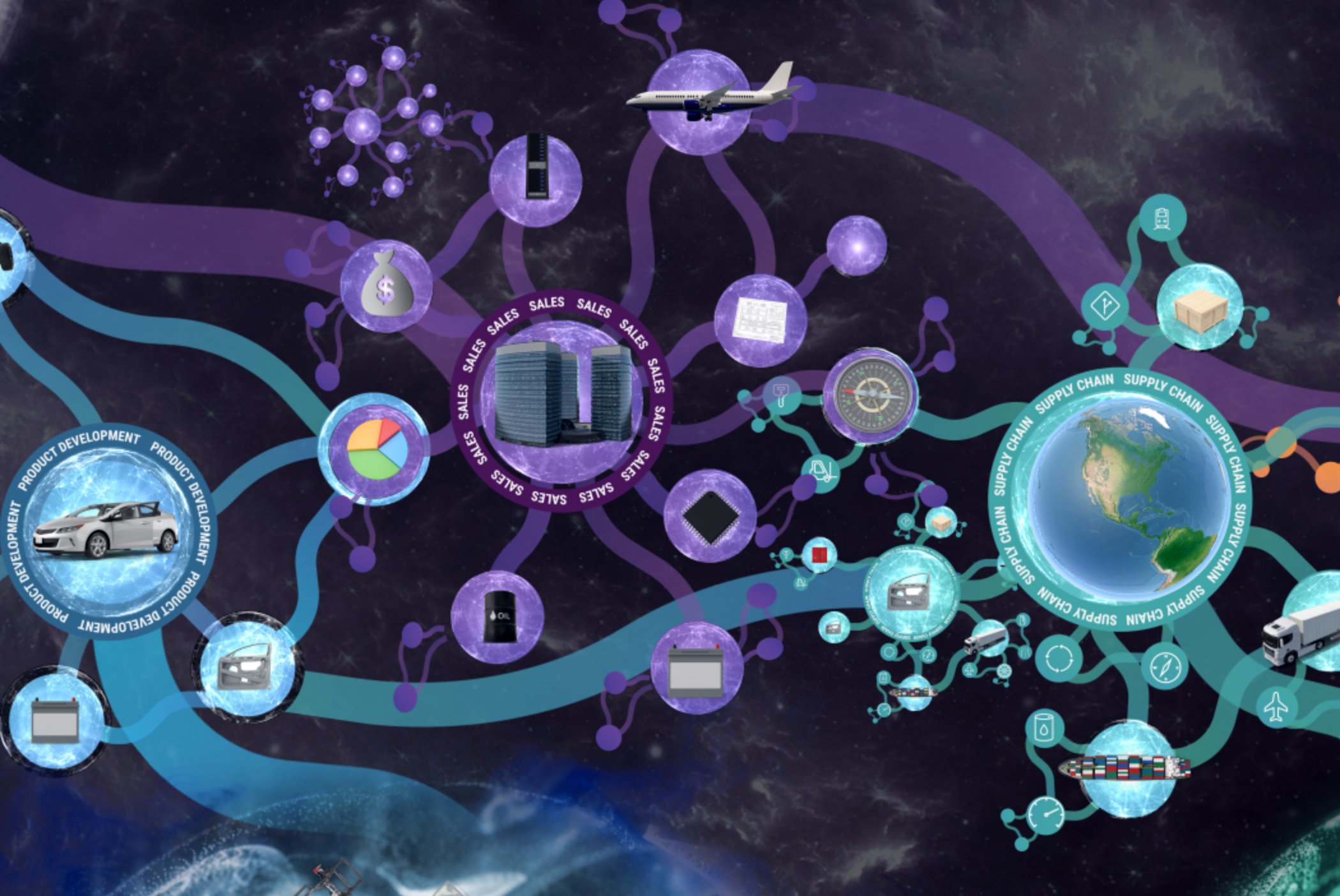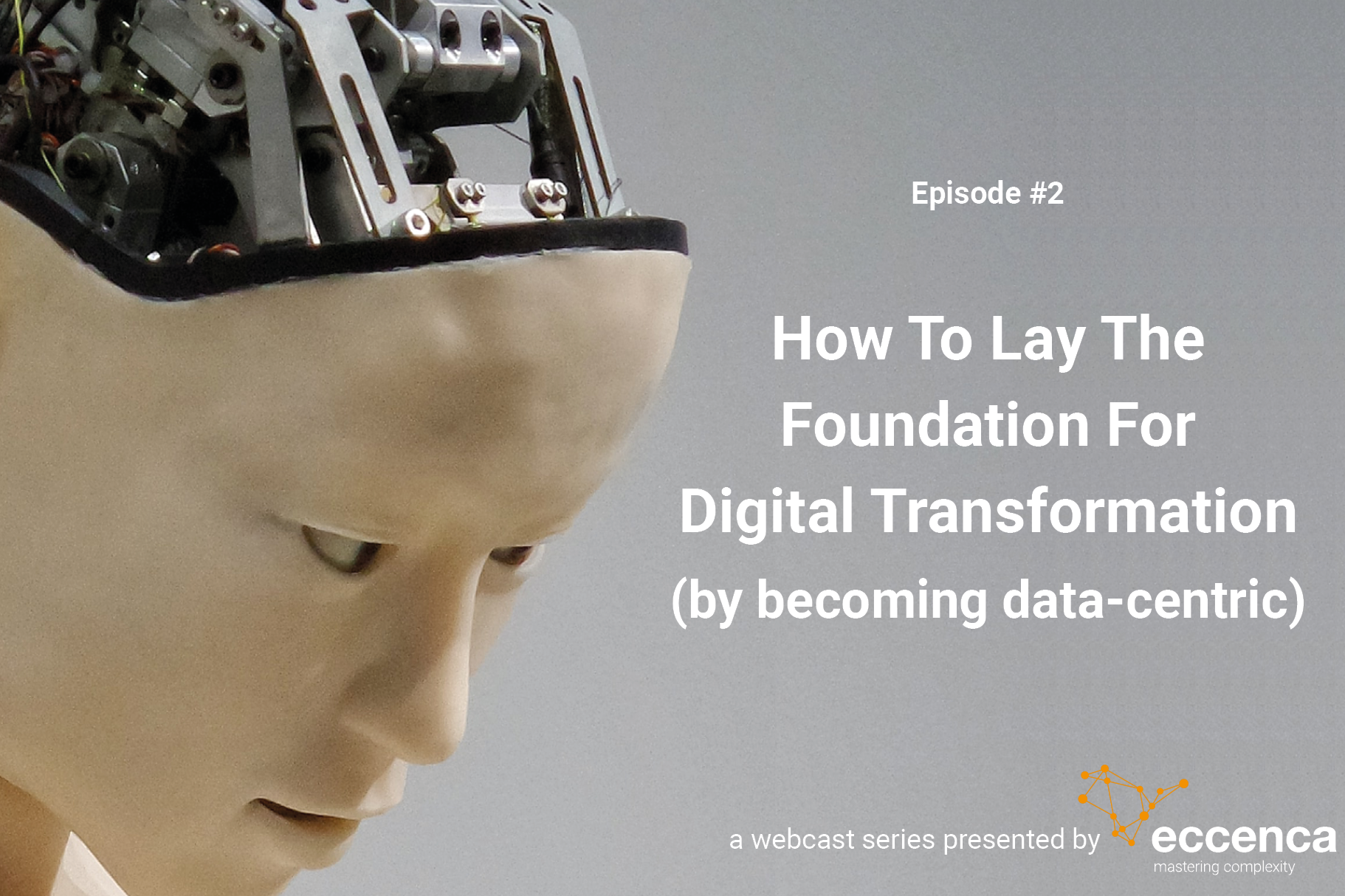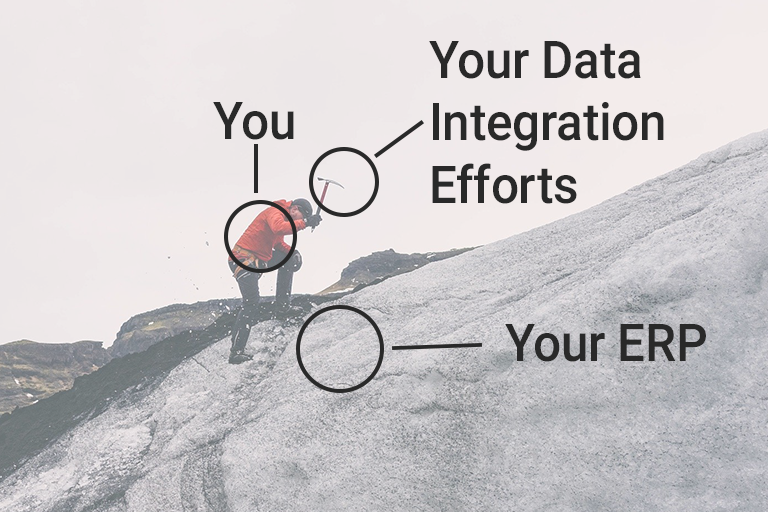The need for Knowledge Management in Pharmaceutical Manufacturing

Competitive industries today use new digital technologies to promote innovation, increase productivity and increase profits. Pharmaceutical manufacturing includes multiple phases and cycles that include several processes such as receipt of materials, production, packaging, repackaging, labelling, and so on.
It is very important for the pharmaceutical manufacturing processes to comply with the manufacturing processes that are outlined in the current goods manufacturing practice regulations enforced by the FDA. This is to ensure that pharmaceutical products are safe for the end users to consume.
These processes not only include sampling and testing of in process materials and end products or control of contamination but include a series of controls for operations such as:
- Management Systems
- Calculation of yield
- Quality Raw Materials
- Operating Procedures
- Detecting Deviations
- Investigating Deviations
- Reliable Testing
Knowledge Management as a part of Quality by Design
All of these processes generate huge amounts of data. The ICH Q8 guideline defines Quality by Design (QbD) as “a systematic approach to development that begins with predefined objectives and emphasizes product and process understanding and process control, based on sound science and quality risk management”.
Getting the right information to the right people at the right time so that the information can be used effectively is a guideline that can be used effectively by the pharmaceutical industry.
Currently, the results of all these processes are paper based or reside in isolated databases. Hence, this knowledge cannot be shared easily across various stakeholders. Reusing this information is not only time consuming and ineffective, but also cannot be analysed or updated. This often results in errors that are expensive.
Though many rule based systems were developed and used as knowledge management systems, they cannot handle relations between the complex relationships between the systems involved. Curated knowledge bases offer high-quality data sources, but they often record only simple connections, losing the essential mechanisms behind the association.
A knowledge graph powered data management platform solves the challenge of interoperability and interconnection. Instead of rigid tables, it represents data and its relations as a network where every data point is connected by context and enriched by relevant background information and a shared understanding. In a nutshell, the knowledge graph (KG) platform infuses knowledge into data and links this data across all your commonly disparate sources.
In the context of pharma manufacturing, a knowledge graph platform facilitates the integration of data from varied systems, complex biological systems, and pathologies. It integrates fragmented systems and data landscapes through a virtual, semantic abstraction layer. This not only facilitates data integration but also enables automation of reasoning and decision-making while – at the same time – providing full transparency and tracing.

Data-driven protocols and strategies powered by knowledge graphs will reduce wastage and reduce the scope for error because they allow companies to integrate and process data collected from mobile sensors and apps, electronic medical and administrative records, and other sources.
Why Corporate Memory?
eccenca’s Corporate Memory breaks the pattern of sluggish and costly innovation by breaking down data and knowledge silos and supporting scalable and agile re-use of data and knowledge.
eccenca Corporate Memory enables Pharma companies to solve their most pressing data and knowledge management challenges:
- Integrate high volumes of heterogenous data that is highly related but siloed.
- Infuse knowledge into data. This shifts the focus on applying knowledge to retrieve meaningful answers to solve real time queries effectively.
- Maximize the access and reuse of data. Data follows the FAIR principles-- findability, accessibility, interoperability, and reusability—to optimize the impact of data.
- Ensure a shared understanding of data in interdisciplinary, international, and multi-corporate teams
- Improve decision making by uncovering hidden/indirect relationships as well as constraints, context, and lineage.
- Simplify and automate data processes by leveraging AI for data mapping & knowledge infusion processes.
- Leverage contextual search and reasoning to answer complex questions.











